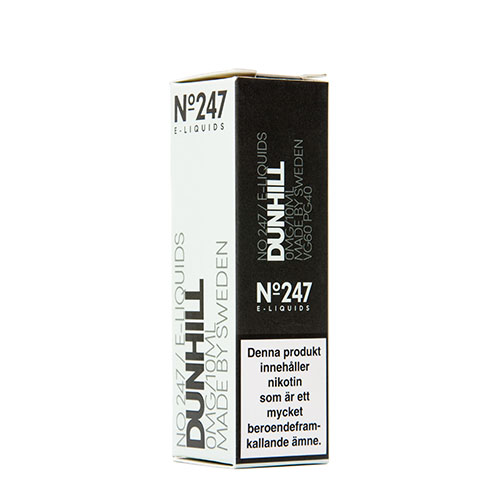I just know that if I smoke anything with it in it I get a headache.
One reason why I stay away from Aromatics.
One reason why I stay away from Aromatics.

I don’t have the Catholic school imagery in my head, but I always want to say, “You’re an intelligent adult with libraries and the Internet at your disposal. School yourself!”Every time I hear "school me.. ", it reminds me of my old friend who dropped out of highschool due to getting tired of his ass kicked my monks in his catholic school.
I can’t speak directly to PG, but some form of similar hygroscopic substance has been in use in America since at least the 1940s. Writing in 1954 (in his book The Gentle Art of Smoking), Alfred Henry Dunhill notes that the previously popular glycerine was currently being replaced by Diethylene Glycol, which seems like a precursor to today’s PG. At that time, this was entirely an American process—such additives were not allowed by British law—and was done, in part, to ”increase the moisture-holding properties of the leaf.” In other words, it allowed the leaf to retain more of the added aromatic flavorings while protecting against the warmer temperatures in America (at a time when air-conditioning here was not at all common).but any idea when it was first widely used in tobacco?

I think it's now about shelf life and stability. I remember that at one time some brands had bagged and tinned versions and while not explicitly scientific the fact the tin versions would dry out at more normal rate says..... A big part of it is product consistency even if it sits on the shelf for years or if the bag gets some micro tears.I can’t speak directly to PG, but some form of similar hygroscopic substance has been in use in America since at least the 1940s. Writing in 1954 (in his book The Gentle Art of Smoking), Alfred Henry Dunhill notes that the previously popular glycerine was currently being replaced by Diethylene Glycol, which seems like a precursor to today’s PG. At that time, this was entirely an American process—such additives were not allowed by British law—and was done, in part, to ”increase the moisture-holding properties of the leaf.” In other words, it allowed the leaf to retain more of the added aromatic flavorings while protecting against the warmer temperatures in America (at a time when air-conditioning here was not at all common).
A cynic might also point out that this combustible, odorless additive also increases the weight and volume of a product that is sold by weight/volume.
If the “protection against America’s warmer temperatures” was truly a significant factor in the introduction of additional humidification, it begs the question: Now that the majority of Americans live in climate-controlled environments, isn’t it time to stop using hygroscopic additives?
It is the active ingredient in Miralax




